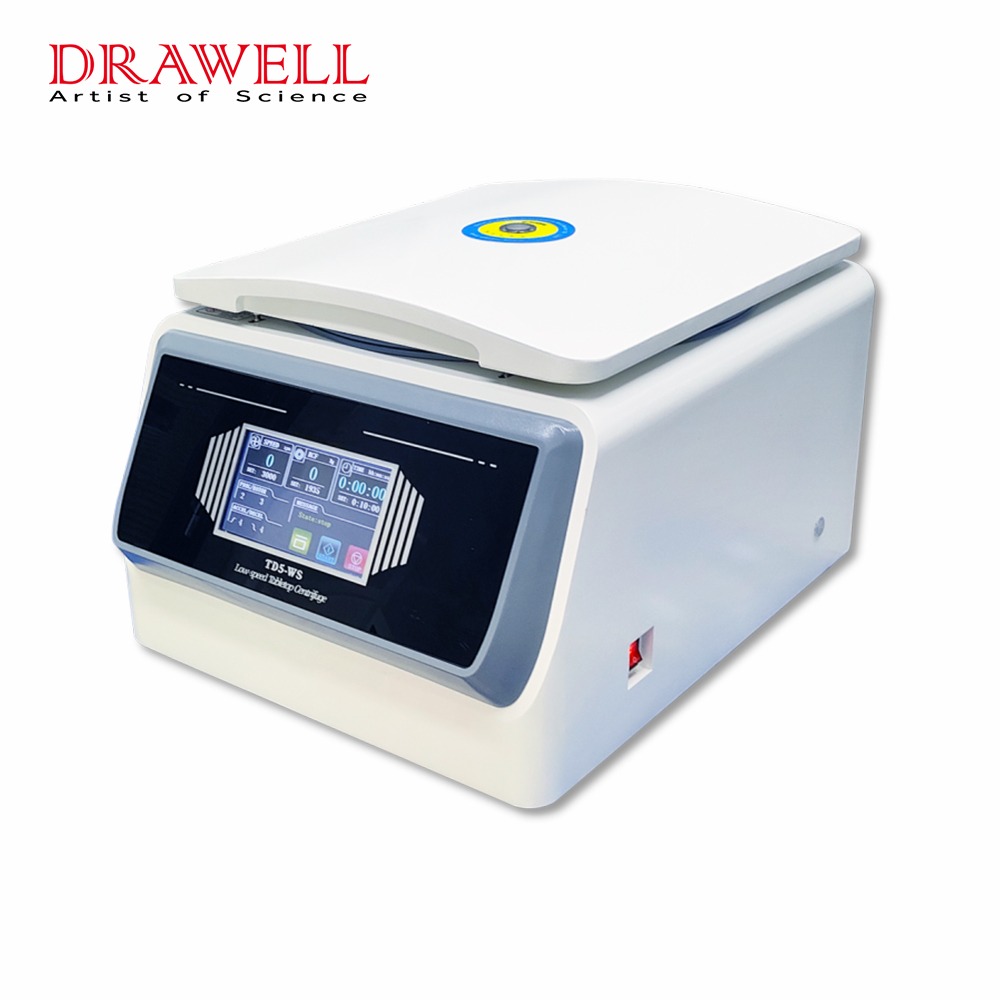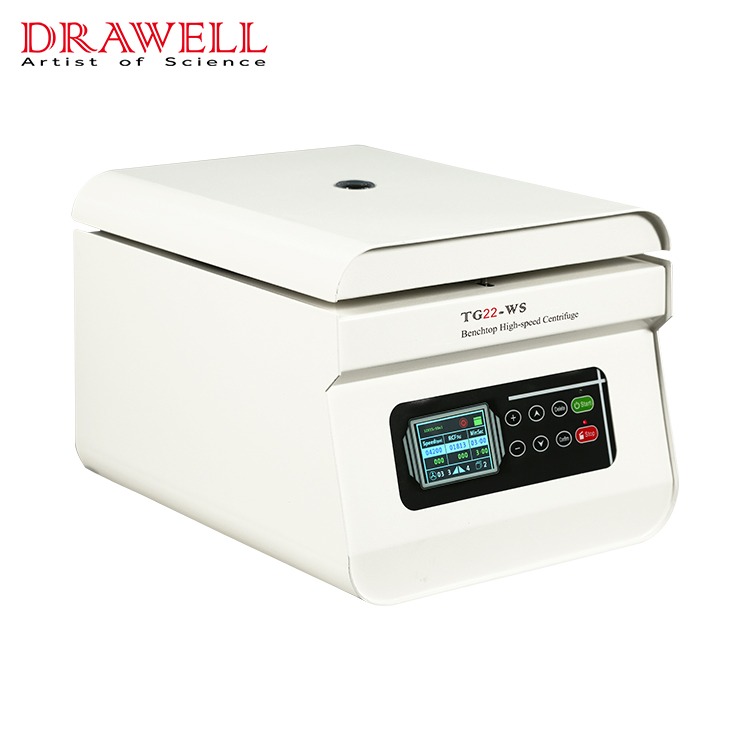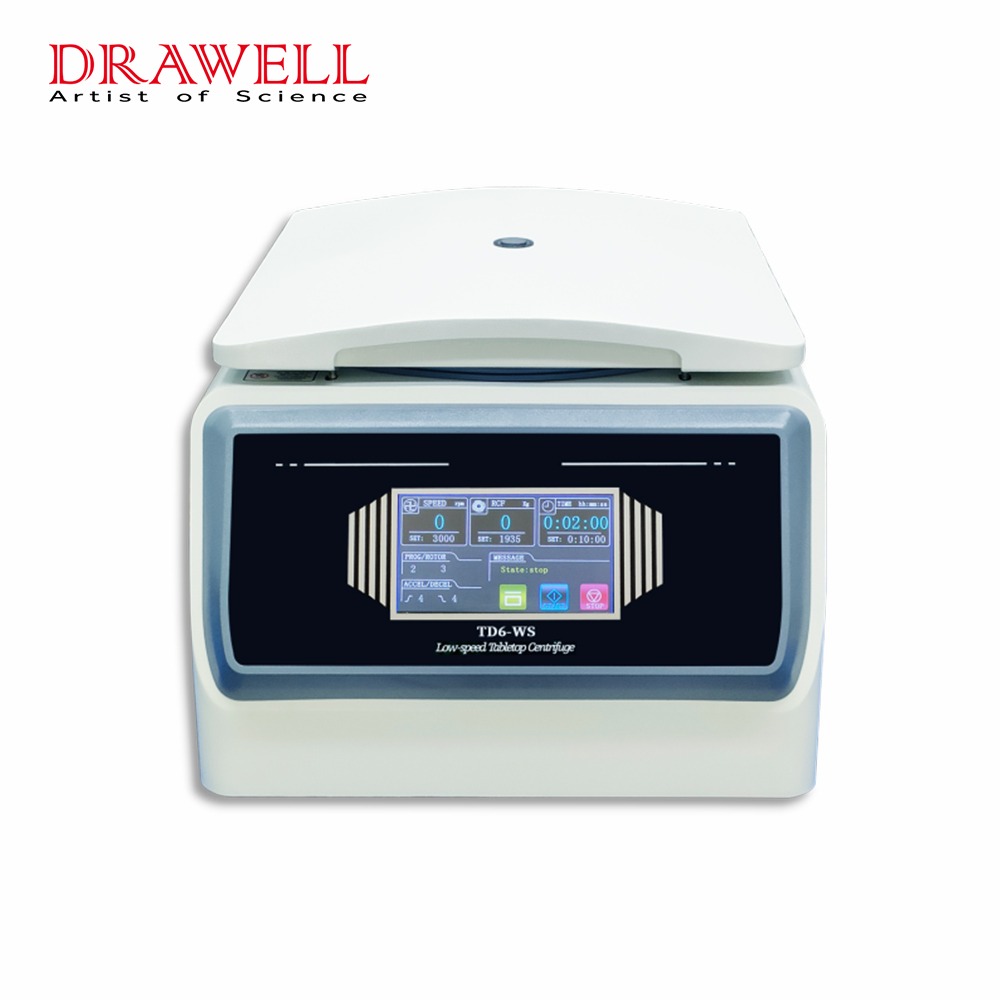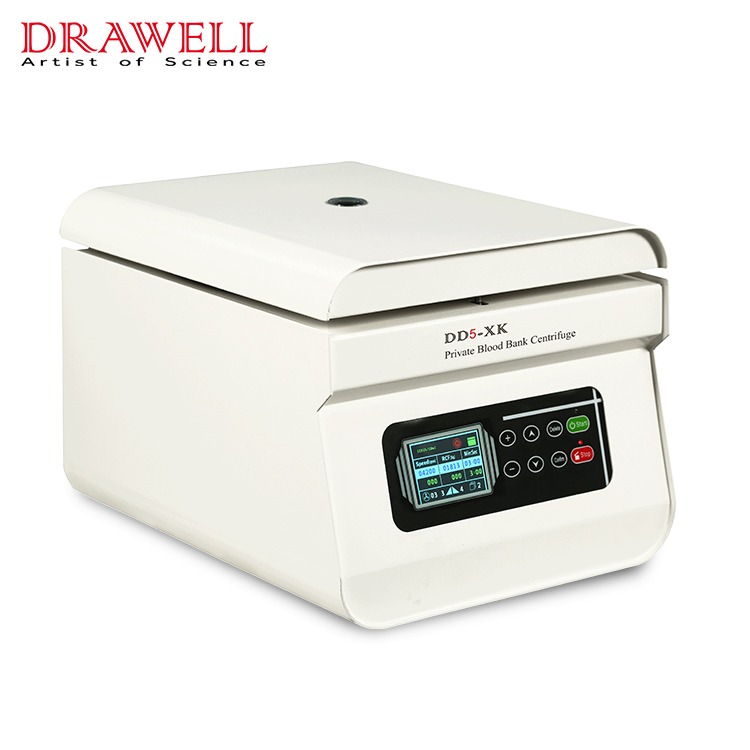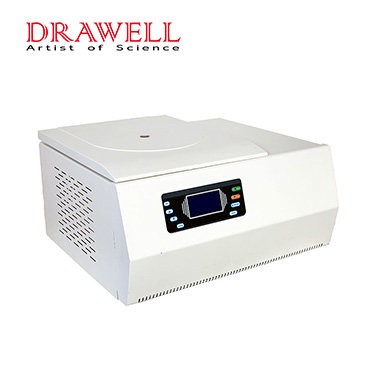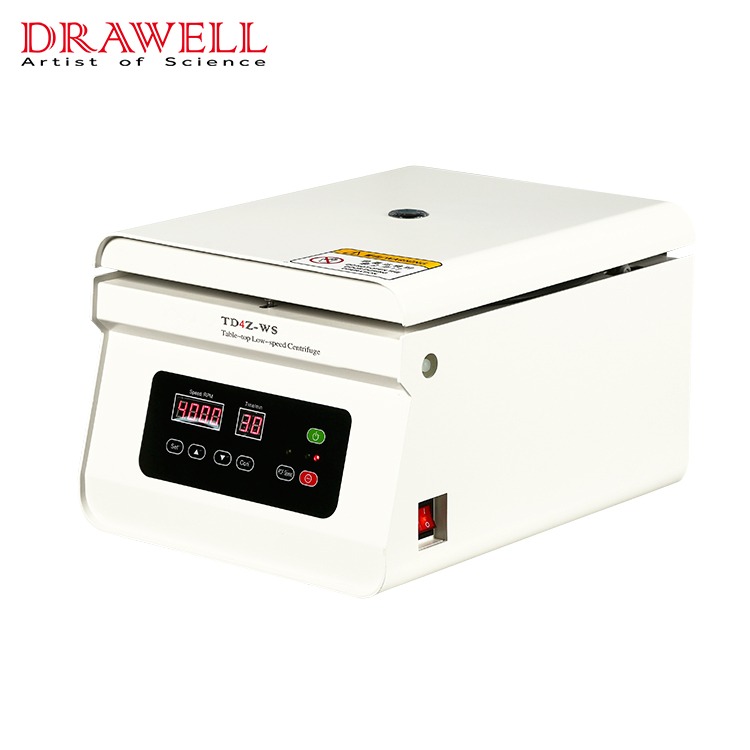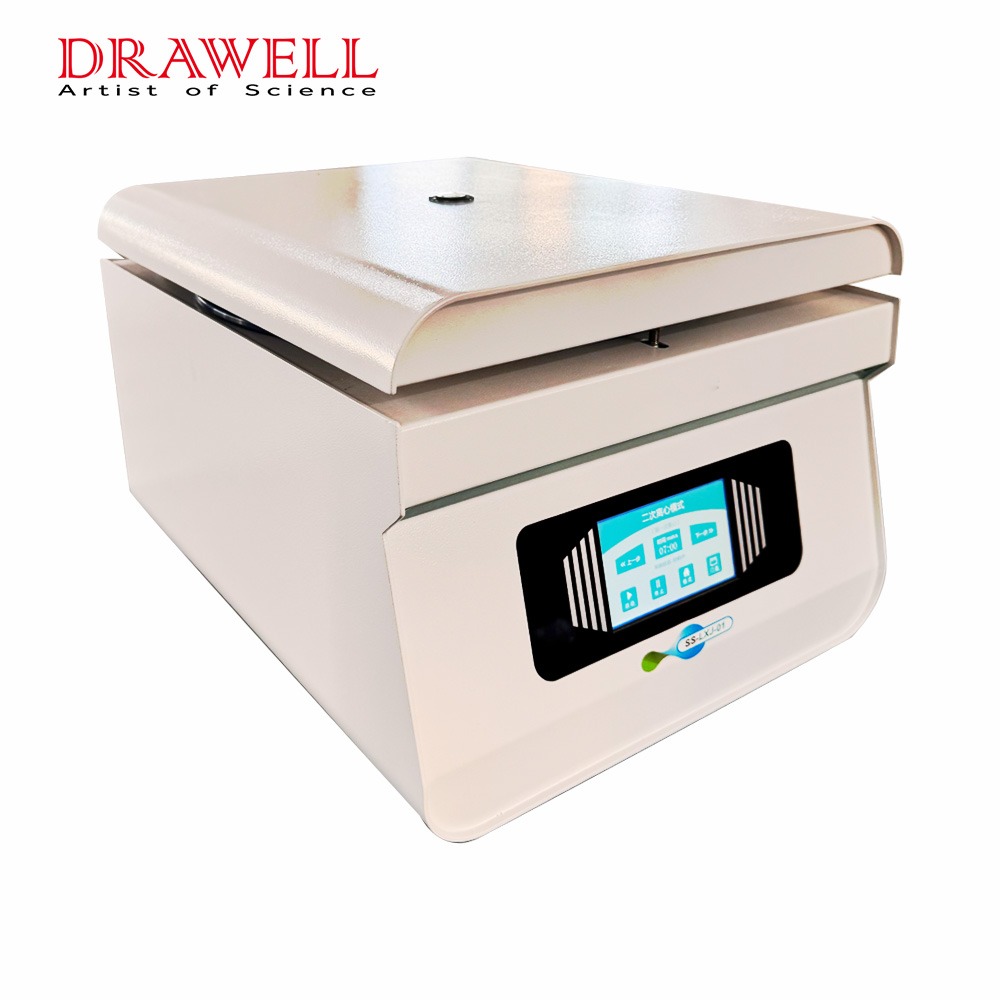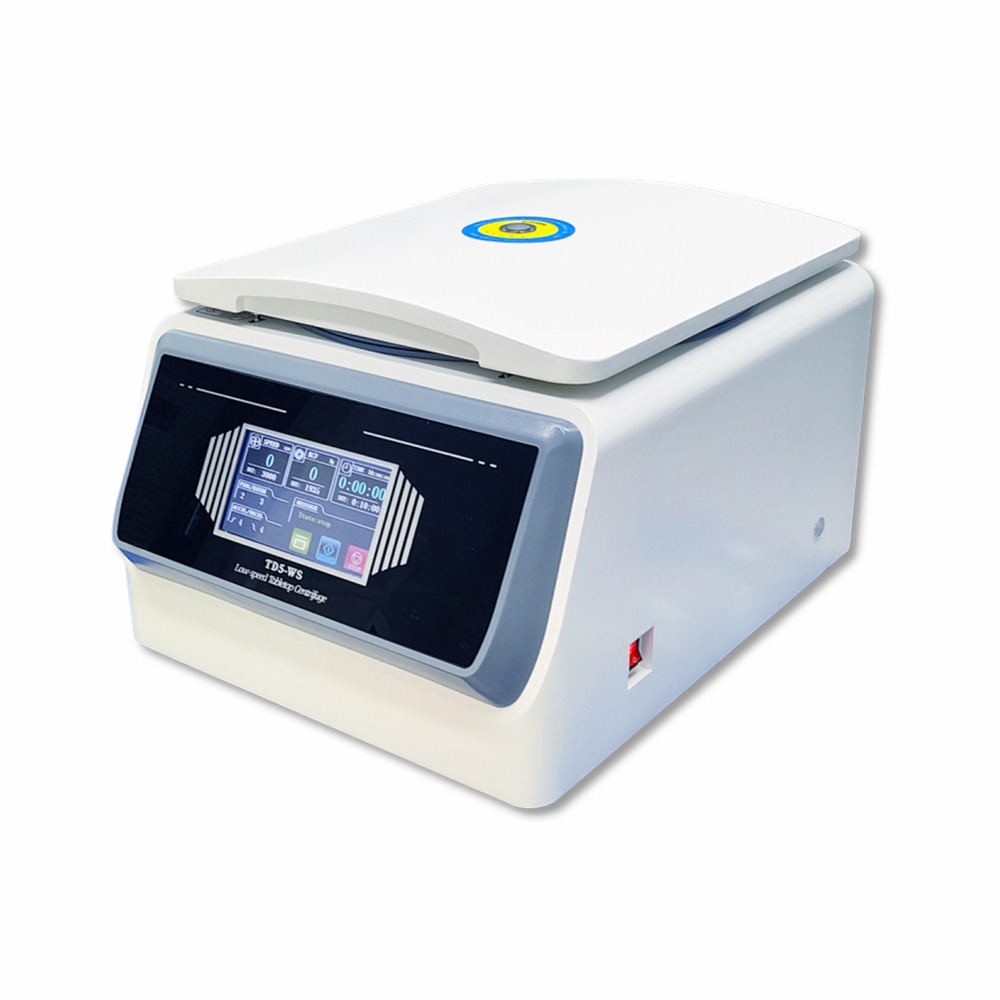Centrifuges are indispensable tools in laboratories and industries for separating components of a mixture based on their density by spinning samples at high speeds. The two primary categories are low-speed centrifuges and high-speed centrifuges, each tailored to different applications and offering unique advantages and limitations. This article compares these two types of centrifuges, focusing on their applications, benefits, and considerations.
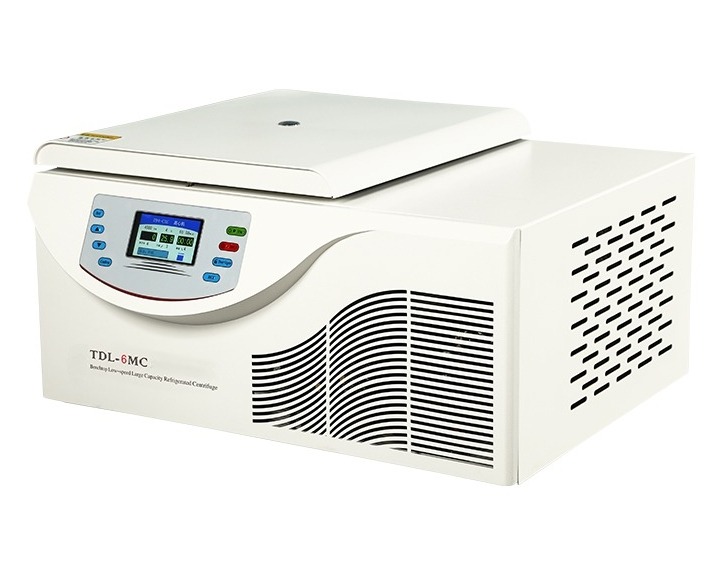
What are Low-Speed Centrifuges?
Overview
Low-speed centrifuges are laboratory instruments used to separate mixtures of substances with different densities by spinning them at relatively low rotational speeds, typically ranging from 300 to 5,000 revolutions per minute (RPM). These centrifuges are designed for applications that do not require extremely high g-forces, making them ideal for a variety of routine laboratory tasks.
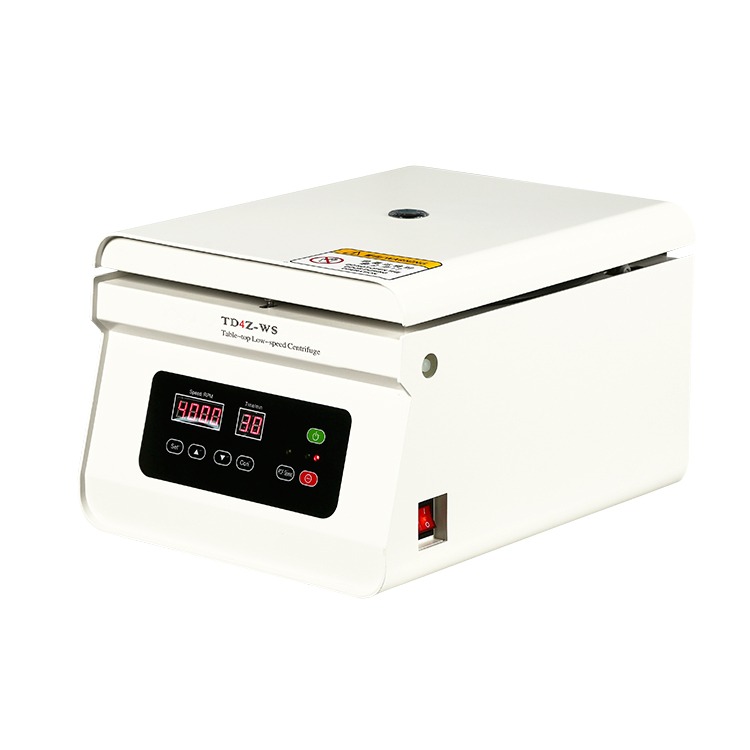
Working Principle
The fundamental principle behind low-speed centrifuges is centrifugal force. When a sample is spun at a high speed, particles within the sample experience a force that drives them outward, away from the center of rotation. This force causes denser particles to move towards the bottom of the centrifuge tube, while less dense particles remain closer to the top. The result is the separation of different components based on their density.
Applications
1. Clinical Laboratories
Blood Separation: Separating blood components such as serum, plasma, and red blood cells for diagnostic testing.
Urine Analysis: Concentrating cells and other particles from urine samples for microscopic examination.
2. Cell Culture
Cell Harvesting: Collecting cells from culture media by pelleting them at the bottom of the centrifuge tube.
Washing Cells: Removing culture media or other solutions from cell pellets by resuspending and re-centrifuging.
3. General Laboratory Use
Solid-Liquid Separation: Isolating solid particles from liquids in various research and industrial applications.
Soil and Environmental Samples: Separating particulate matter from liquid samples in environmental studies.
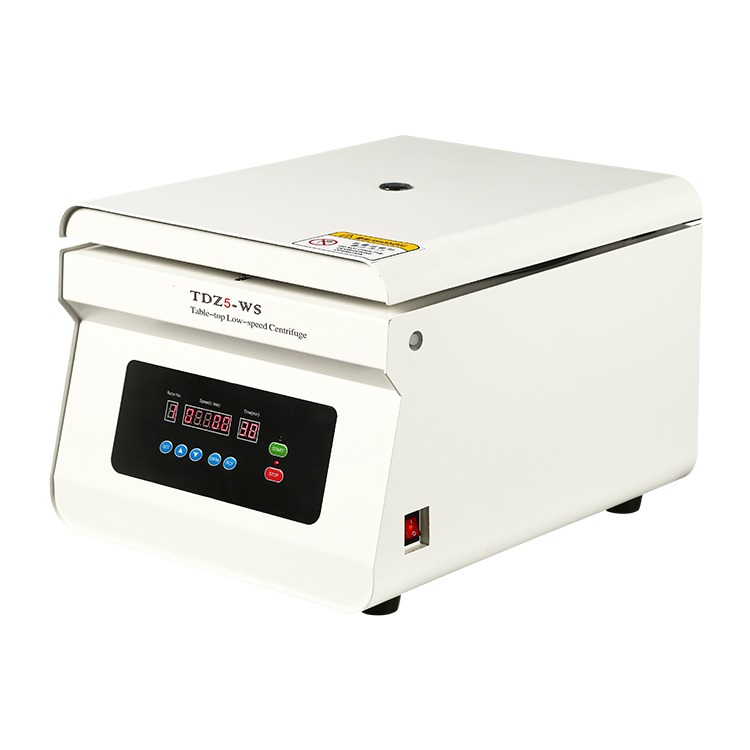
Advantages
- Cost-Effective: Low-speed centrifuges are generally less expensive to purchase and maintain compared to high-speed centrifuges, making them accessible to a wider range of laboratories.
- Ease of Use: These centrifuges are typically straightforward to operate, with simple controls and minimal training required.
- Lower Maintenance: Due to the lower operational speeds, there is less wear and tear on the mechanical components, resulting in reduced maintenance needs and longer lifespan.
- Capacity: Low-speed centrifuges often come with larger capacity rotors that can accommodate bigger sample volumes, useful for processing large batches.
Limitations
- Limited Speed and G-Force: The relatively low speeds mean they cannot achieve the high centrifugal forces needed for separating smaller or more dense particles.
- Sample Processing Time: Separations may take longer compared to high-speed centrifuges, which can be a drawback for time-sensitive applications.
- Versatility: Not suitable for all types of separations, particularly those requiring very high g-forces, such as molecular biology applications.
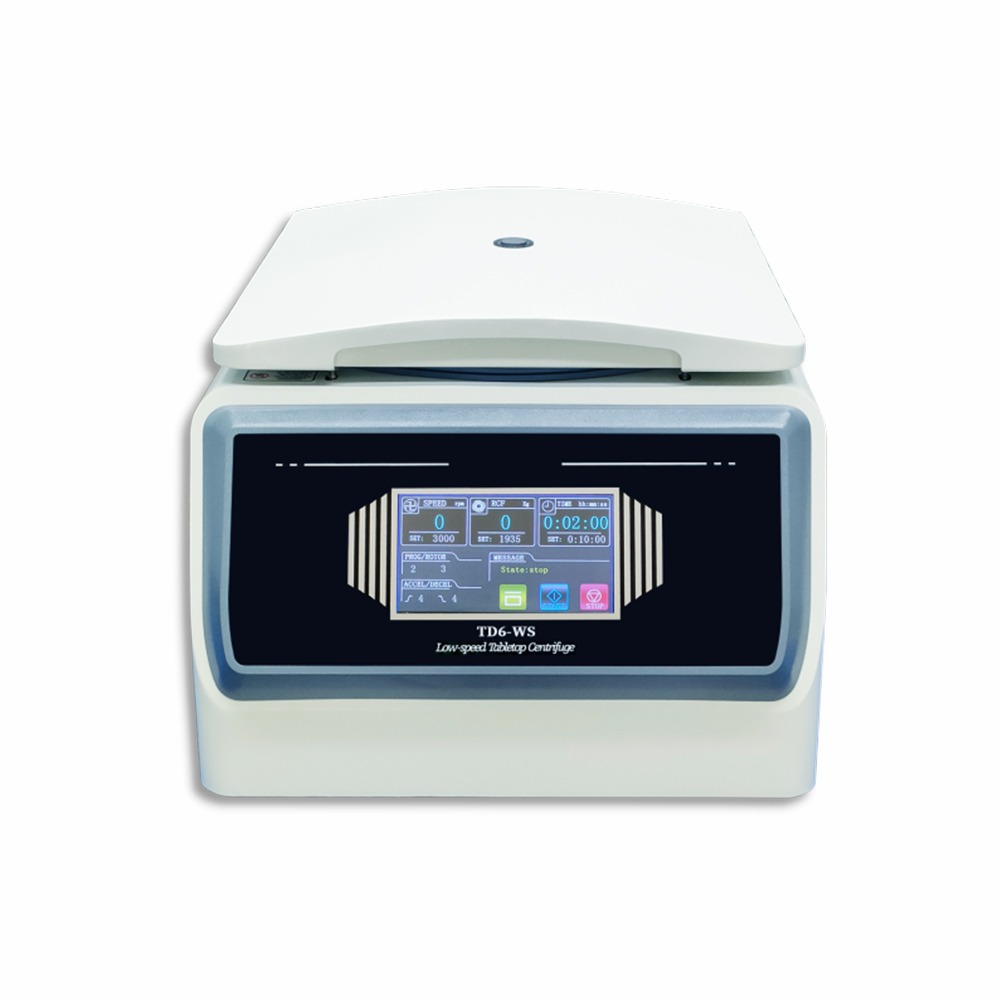
What are High-Speed Centrifuges?
Overview
High-speed centrifuges are sophisticated laboratory instruments designed to separate mixtures of substances with different densities by spinning them at high rotational speeds, typically ranging from 10,000 to 30,000 revolutions per minute (RPM). These centrifuges generate significantly higher g-forces compared to low-speed centrifuges, making them suitable for a wide range of demanding applications in scientific research and industrial processes.

Working Principle
High-speed centrifuges operate on the principle of centrifugal force, where the rapid rotation of the rotor generates a force that drives particles outward, away from the center of rotation. This force causes denser particles to sediment at the bottom of the centrifuge tube, while less dense particles remain closer to the top, effectively separating the components of the mixture based on their density.
Applications
1. Molecular Biology
- Nucleic Acid Isolation: Separating DNA and RNA from cellular debris.
- Protein Purification: Isolating and purifying proteins from complex mixtures.
2. Microbiology
- Pelleting Microorganisms: Concentrating bacteria, yeast, and other microorganisms for further analysis.
- Subcellular Fractionation: Separating cellular components such as nuclei, mitochondria, and ribosomes.
3. Pharmaceuticals and Biotechnology
- Drug Development: Purifying compounds and isolating active ingredients.
- Bioprocessing: Separating products from fermentation broths and cell cultures.
4. Clinical Diagnostics
- Virus Isolation: Concentrating and purifying viruses from biological samples for diagnostic purposes.
- Serum and Plasma Separation: Rapidly processing blood samples for clinical analysis.
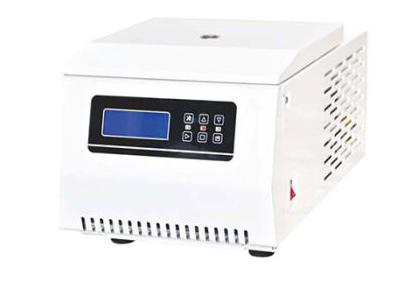
Advantages
- High Efficiency: Capable of achieving rapid separations due to the high g-forces, significantly reducing processing times.
- Versatility: Suitable for a wide range of applications, from basic research to industrial-scale processing.
- Advanced Features: Equipped with sophisticated control systems, precise temperature regulation, and comprehensive safety features.
- Precision and Consistency: Provides consistent and reproducible results, crucial for research and clinical applications.
Limitations
- Cost: Higher purchase and maintenance costs compared to low-speed centrifuges, which may be a barrier for some laboratories.
- Complexity: More complex operation, requiring specialized training and expertise to handle advanced features and ensure proper maintenance.
- Wear and Tear: The high operational speeds result in increased mechanical stress, potentially leading to more frequent maintenance and part replacement.

Key Differences Between Low-Speed Centrifuges and High-Speed Centrifuges
This chart provides a clear comparison of the key differences between low-speed and high-speed centrifuges, helping users make informed decisions based on their specific needs and applications.
| Feature | Low-Speed Centrifuges | High-Speed Centrifuges |
| Speed Range (RPM) | 300 to 5,000 | 10,000 to 30,000+ |
| G-Force | Low (suitable for larger particles) | High (suitable for smaller, denser particles) |
| Applications | Clinical labs (blood separation) | Molecular biology (nucleic acids, proteins) |
| Cell culture (cell harvesting) | Microbiology (pelleting bacteria, yeast) | |
| General lab use (large particle separation) | Pharmaceuticals and biotechnology | |
| Cost | Lower purchase and maintenance costs | Higher purchase and maintenance costs |
| Ease of Use | Simple operation, user-friendly controls | More complex operation, requires specialized training |
| Maintenance | Lower due to fewer mechanical stresses | Higher due to increased mechanical stress |
| Processing Time | Longer centrifugation times | Shorter centrifugation times |
| Capacity | Typically higher sample volume capacity | Can handle smaller sample volumes more effectively |
| Temperature Control | Basic or none | Advanced, precise temperature control |
| Noise and Vibration | Lower noise and vibration levels | Higher noise and vibration levels |
| Safety Features | Basic safety features | Advanced safety features (rotor recognition, imbalance detection) |
| Typical Lab Size | Small to medium-sized labs | Medium to large-sized labs |
| Versatility | Limited to routine applications | Suitable for a wide range of specialized applications |
| Environmental Impact | Generally lower power consumption | Higher power consumption, advanced eco-friendly models available |
Choosing between a low-speed centrifuge and a high-speed centrifuge depends on the specific requirements of the application at hand. Low-speed centrifuges are essential tools for many routine laboratory procedures, particularly in clinical and cell culture applications. Their cost-effectiveness, ease of use, and capacity make them an excellent choice for many laboratories. However, for applications requiring high g-forces and faster processing times, high-speed centrifuges would be more appropriate.
Conclusion
Understanding the differences and capabilities of low-speed centrifuges and high-speed centrifuges ensures that laboratories can select the right tool to meet their scientific and operational needs.

